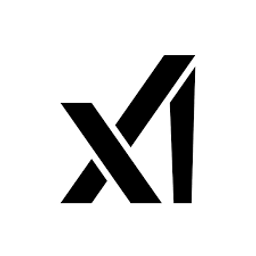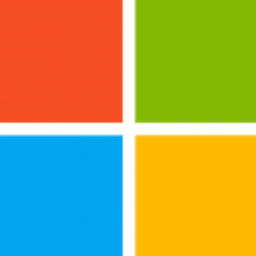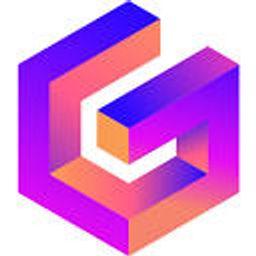
Leonardo AI
Overview
Leonardo AI is a comprehensive suite of generative artificial intelligence tools designed to empower creators in producing a wide array of visual content. It moves beyond simple text-to-image generation by offering advanced features like fine-tuned AI models, an interactive AI Canvas for in-painting and out-painting, 3D texture generation, and sophisticated image guidance controls. This allows users to achieve a high degree of specificity and artistic direction in their outputs.
The platform''s unique value proposition lies in its combination of powerful features with a relatively user-friendly interface, making advanced AI image generation accessible to a broader audience, from individual artists and designers to game development studios and marketing teams. Leonardo AI enhances productivity by enabling rapid ideation, asset creation, and iteration, significantly reducing the time and resources typically required for such tasks. Its focus on style consistency and model customization further allows users to develop and maintain a unique visual identity across their projects.
Key Features
- Text-to-Image and Image-to-Image generation
- AI Canvas for in-painting, out-painting, and infinite canvas capabilities
- Finetuned AI models (official, platform, community, and custom trained)
- Image Guidance (ControlNet-like features for pose, depth, edge control)
- Prompt Magic V2/V3 for enhanced prompt adherence and creativity
- Universal Upscaler for increasing image resolution
- 3D Texture Generation for game assets and CGI
- Leonardo Motion for generating short video clips from images or text (beta/alpha)
- Elements for stylistic consistency (LCM, Lora models)
- API access for developers
Supported Platforms
- Web Browser
- API Access
Integrations
- API allows for custom integrations with other software and workflows.
Use Cases
- Generating concept art for games, films, and animation
- Creating marketing and advertising visuals
- Designing unique characters and environments
- Prototyping product designs and mockups
- Generating textures for 3D models
- Creating storyboards and visual narratives
Target Audience
- Game Developers
- Digital Artists
- Graphic Designers
- Illustrators
- Marketers
- Content Creators
- Architects and Interior Designers
How Leonardo AI Compares to Other AI Tools
Notes: Comparison based on publicly available information as of May 2024. Features and pricing are subject to change.
Pricing Tiers
- 150 fast generations per day (tokens)
- Limited access to features (e.g., no private generations)
- Community model access
- Basic image resolution
- 8,500 tokens per month
- Premium features unlocked
- Increased concurrent jobs
- Private generations
- Access to custom model training
- 25,000 tokens per month
- All Apprentice features
- More concurrent jobs
- Higher priority for generations
- 60,000 tokens per month
- All Artisan features
- Highest number of concurrent jobs
- Highest priority for generations
Awards & Recognition
- Frequently listed in ''Top AI Image Generators'' by tech blogs and industry reviewers.
- High user ratings on platforms like G2 and Capterra.
Popularity Rank
High rankings in Text-to-Image software categories on G2 and Capterra. Popular on Product Hunt during feature launches.
Roadmap & Upcoming Features
Early access late 2022, wider public availability in 2023.
April 2024 (e.g., Phoenix model update, ongoing improvements to Motion). Leonardo AI frequently releases updates and new features.
Upcoming Features:
- Continued development and enhancement of Leonardo Motion (video generation).
- Introduction of new foundational models and fine-tuned Elements.
- Improvements to UI/UX and existing toolset based on community feedback.
- Expansion of API capabilities.
User Reviews
Pros
User-friendly interface, high-quality image output, wide range of models and features, active community.
Cons
Token system can be limiting on free/lower tiers, learning curve for advanced features, occasional inconsistent results.
Pros
Advanced control features, custom model training, good variety of art styles, responsive development team.
Cons
Can be resource-intensive for complex generations, some features still in beta, prompt engineering takes practice.
Get Involved
We value community participation and welcome your involvement with NextAIVault:










